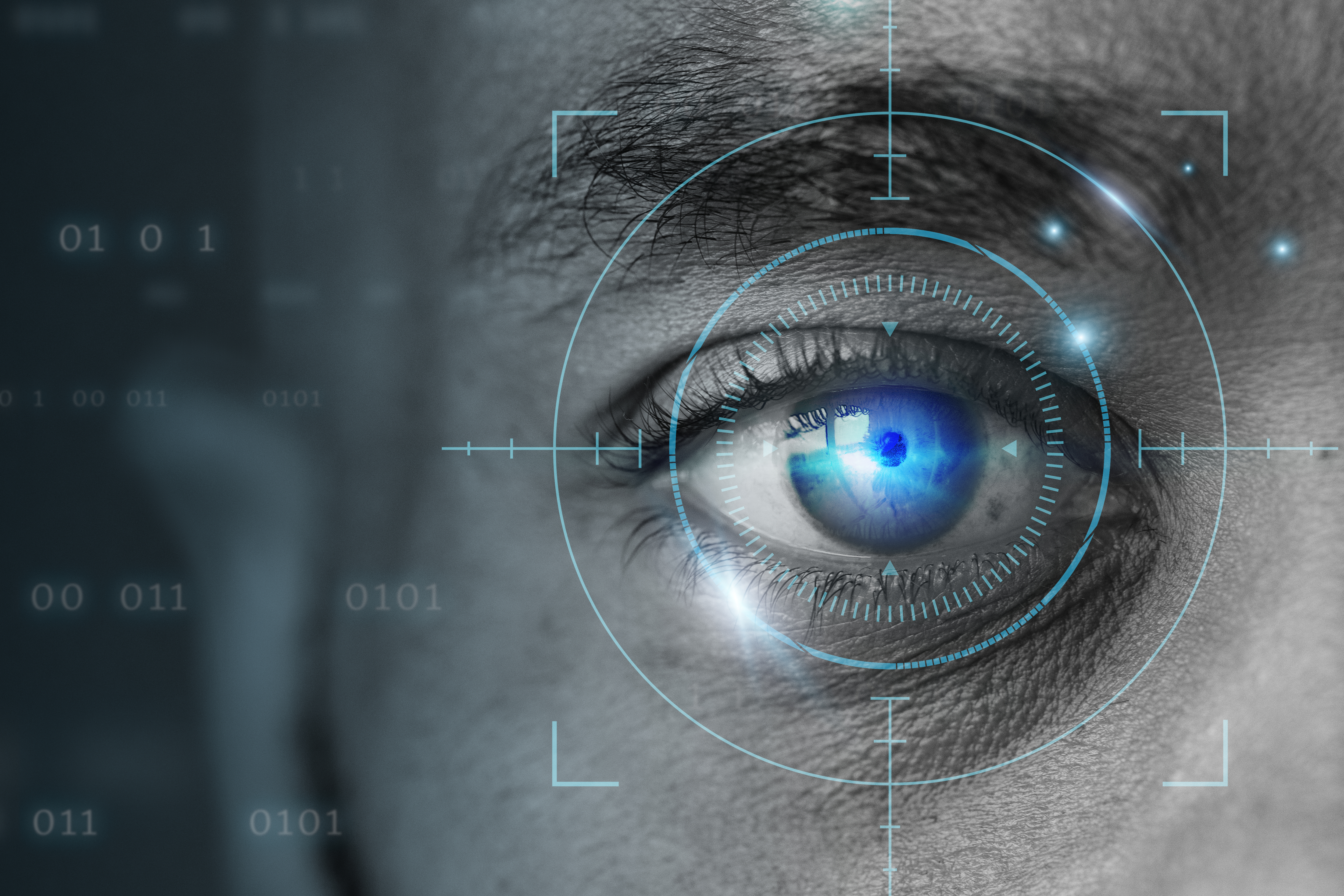Nebula Computer Vision

At Nebula Computer vision plays a crucial role in the automotive industry, enabling various advanced functionalities and enhancing the overall driving experience. Here are some key applications of computer vision in automotive:
The primary goal of computer vision is to mimic human vision and perception, allowing computers to recognize and understand objects, scenes, and patterns in visual data. It involves various tasks, including image classification, object detection and tracking, image segmentation, scene understanding, and visual recognition.
Computer vision systems typically rely on digital images or video sequences captured by cameras or other sensors. These images are processed using various techniques such as filtering, feature extraction, and machine learning algorithms to extract relevant information and make meaningful interpretations.











